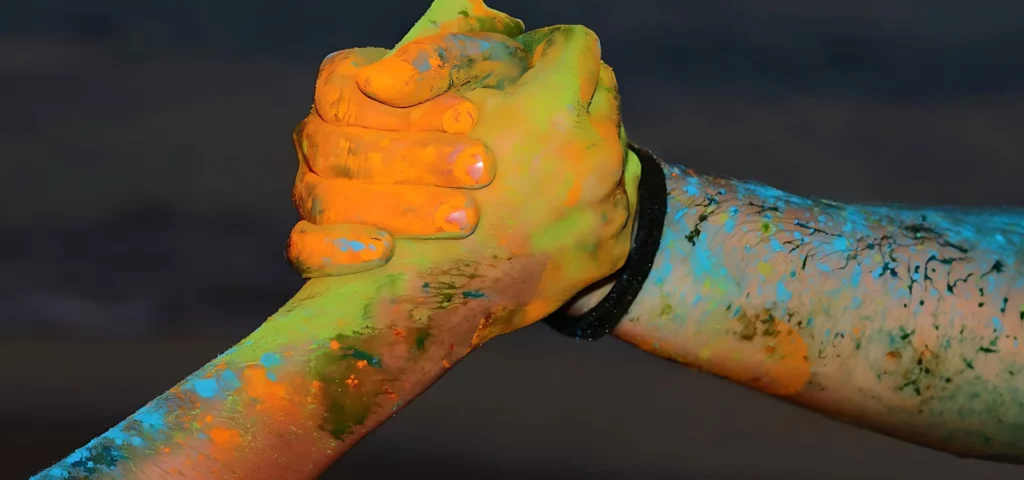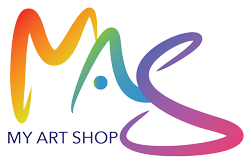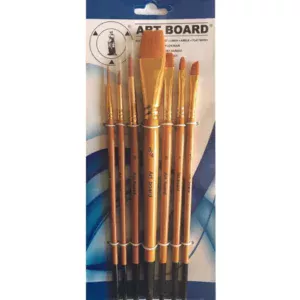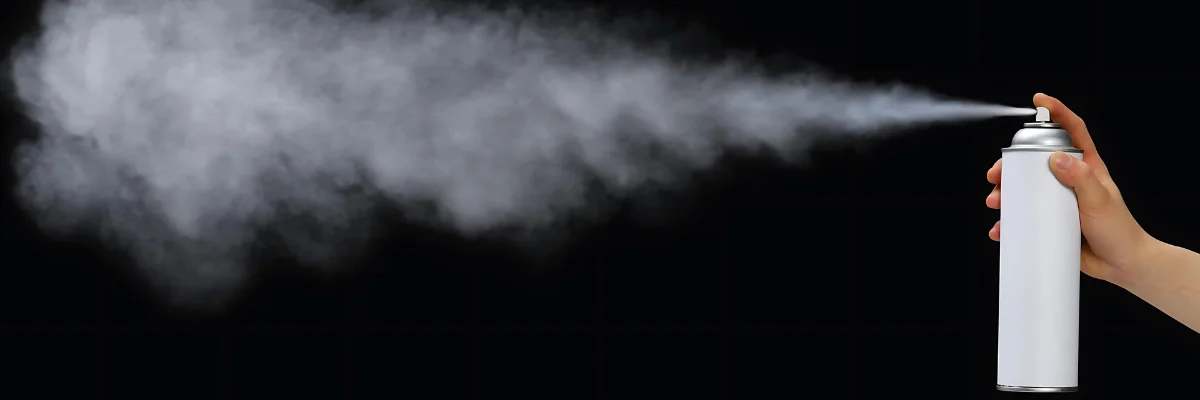
Exploring Spray Adhesives
When it comes to sticking things together, spray adhesives are the unsung heroes of the craft and DIY world. They’re like the Swiss Army knife in your creative toolkit, ready to tackle a multitude of stick-related challenges.
Versatility of Spray Adhesives
Spray adhesives are the go-to solution when you need to bond large or awkwardly shaped materials. Imagine trying to spread traditional glue onto a giant piece of fabric—sounds like a sticky situation, right? Spray adhesives make it a breeze, allowing for quick coverage without getting your hands—or your workspace—into a gluey mess. They’re not just for spray adhesive for fabric, oh no. These mighty mists are perfect for a range of materials, from paper and wood to foam and metal. In fact, when gluing fabric to metal, spray adhesives speed up the process, making it easier to work with larger surface areas, as noted by UniBond.
Advantages of Using Spray Adhesives
The benefits of using spray adhesives are stickier than a toffee apple on a hot day. Firstly, they offer repositionability, which is like having a ‘Ctrl+Z’ for your crafting blunders. This feature is especially handy for delicate tasks where precision is key, ensuring everything is just where it should be without any pesky wrinkles or creases. Plus, once it’s set, it dries clearer than an empty dance floor at the end of the night—leaving no evidence of your sticking escapades.
But wait, there’s more! Spray adhesive is a champ at forming strong bonds. When applied correctly, it promises adhesion that’s more long-lasting than your favourite pair of wellies. It’s a whiz at bonding light materials, and you can even tweak the bond strength by adjusting the amount of adhesive you apply. So whether you’re repairing a leather bag or jazzing up your furniture, spray adhesive has got your back. And for those who are environmentally conscious, fear not! There are eco-friendly options available to ensure your crafting doesn’t stick it to Mother Nature.
In the realm of adhesives, spray options are a standout choice for their versatility and strong bonding capabilities, making them a must-have for any serious crafter or DIY aficionado. Ready to get sticky with it? Check out our article on spray adhesive for paper for all your sticking needs.
Types of Spray Adhesives
For the creatively inclined, spray adhesives are like the fairy godmothers of the art world – they make sure everything stays in its place, from fabrics to fairy wings. But not all spray adhesives are created equal. Depending on whether you want your masterpiece to stick around for a cuppa or a century, you’ll need to choose the right type.
Permanent Spray Adhesives
When you want your fabric to stick faster than a gossip in a tea room, permanent spray adhesives are your go-to. They’re like a loyal friend – once they bond, they’re in it for the long haul. Perfect for attaching leather to metal, giving it a stick as solid as a handshake from a blacksmith. An example of this robust adhesion comes from the 3M Scotch-Weld 80 spray adhesive, which boasts synthetic elastomers and a short flash-off time, ensuring a long-lasting bond without hanging about (3M UK).
Repositionable Spray Adhesives
On the other hand, repositionable spray adhesives are the indecisive artist’s dream. They allow you to stick and re-stick until your heart’s content – or at least until you make up your mind. It’s like having a pencil with a never-ending eraser, but for sticking stuff. These adhesives are fab for projects that might require a bit of wiggle room before finalizing the placement.
Specialty Spray Adhesives
Then there are the specialty spray adhesives – the niche artists of the adhesive world. Need to stick fabric to foam? The 3M Foam Fast 74 Spray Adhesive is your huckleberry, providing a bond as soft and flexible as a ballet dancer’s arch. Or perhaps you’re decking out a display and need to bond textiles to polystyrene without a trace; the 3M Display Mount Adhesive steps up to the plate, sticking faster than a rumour in a lift (3M UK).
For the textile titan, hot glue adhesives are the heavyweights. They dive deep into the fabric before cooling their heels, ensuring a strong bond. This type of adhesive is the bee’s knees for thick textiles, and you can find it in products like the 3M hot-melt adhesives. They’re based on both low-melt and hot-melt technology, so whether you’re in a hurry or not, they’ve got you covered (3M UK).
Whether you’re looking for a spray adhesive for paper, fabric, or any other medium, remember to choose wisely. Your project’s longevity might just depend on it.
Application Method

Finally, the way you apply your spray adhesive can be as important as your brush strokes on a canvas. You wouldn’t want to end up with a Monet when you were going for a Pollock, right? Some adhesives are repositionable, offering a grace period where you can adjust your materials without committing to the bond.
If you’re after precision and the ability to reposition your materials, look for adhesives labeled as “repositionable.” However, if you’re confident in your placement skills and need a firm hold, then “permanent” is the way to go.
In the world of spray adhesive for paper and fabric, these considerations will help you stick it right the first time. After all, in the realm of creative arts, the only surprises you want are the pleasant ones.
Top Spray Adhesive Brands
When it comes to sticking things together, not all spray adhesives are created equal. For those with a penchant for fabric masterpieces, here are some of the top brands that will help you stick it to the man (or just stick fabric to other things, really).
Sprayidea 92 Multipurpose
For the creative artist who’s looking for a spray adhesive that’s practically a jack-of-all-trades, Sprayidea 92 Multipurpose is your new best friend. With a tacky time longer than the latest director’s cut you tried to sit through (that’s 60 minutes, folks), it’s got coverage that’s twice as impressive as other brands. It’s like the superhero of spray adhesives – just make sure you don’t use it past its expiry date unless you fancy a sticky mess!
Brand |
Tacky Time |
Coverage |
Expiry Caution |
|---|---|---|---|
Sprayidea 92 |
60 min |
High |
Yes |
Aleene’s Original Tacky Spray
Ah, Aleene’s Original Tacky Spray, the O.G. of adhesives. It’s versatile enough to handle a multitude of surfaces, be it fabric or paper. But beware, it’s a bit like a high-maintenance partner – it needs multiple coats to really stick with you. Still, Aleene’s could be the one if you’re ready to put in the work for a strong, lasting bond.
| Brand | Versatility | Coats Required for Strong Bond |
|---|---|---|
| Aleene’s Original Tacky Spray | High | Multiple |
Ghiant High-Tac Permanent
For those projects that need a grip tighter than your grandma’s hug, Ghiant High-Tac Permanent is the go-to. It’s like the bodybuilder of adhesives – strong, reliable, and with a touch of gentleness, allowing you a smidgen of time for readjustments. Perfect for mounting artwork or photographs, it’s acid-free and archival safe, so your masterpieces will last longer than your leftovers.
| Brand | Strength | Adjustability | Acid Free/Archival Safe |
|---|---|---|---|
| Ghiant High-Tac Permanent | High | Short window | Yes |
In the tapestry of spray adhesives, these three brands are just the tip of the iceberg. Whether you’re looking for high-strength spray adhesives or something with a bit more forgiveness, make sure to choose the one that best suits your artistic endeavors. Just remember, with great sticking power comes great responsibility, so always use responsibly and with a sprinkle of fun!
Best Practices for Using Spray Adhesives
Spray adhesives are the unsung heroes of the crafting world, offering a ‘stick with it’ attitude to those who dare to design. Getting the hang of these can-s of magic requires a bit of know-how, so let’s dive into the best practices for using spray adhesive for fabric and other creative escapades.
Preparation and Application Tips
Before you start spraying willy-nilly, remember that preparation is key. Ensure surfaces are as clean as a whistle and free from dust, grease, or any other secret agents that could sabotage your bonding mission. A shake here and a shake there – make sure to give that can a good jiggle before use, as per the gospel of Sprayidea.
Hold the can about 15 to 25 centimeters away from the surface; too close and you’ll have a messy puddle, too far and the adhesive might go on a little holiday before reaching the target. A thin, even mist is what you’re after – think fairy dust, not a snowstorm.
For a bond that’s as strong as your morning cuppa, apply to both surfaces if they are porous. If you’re looking for a bond that’s more commitment-phobe and less ’till death do us part,’ a light coat on one surface will do the trick. Just let it sit for a breath or five minutes before joining the two like a delicate first date. For more detailed instructions, peek at the directions for Pro Art Spray Adhesive (My Art Shop).
Ensuring Proper Bonding

After you’ve applied your spray adhesive, it’s not quite time to put your feet up. Ensuring a proper bond is like a good handshake – firm and confident. Press the materials together with a bit of oomph to foster a strong connection. If you’re working with delicate materials, be gentle – it’s a hug, not a wrestling match.
When all is said and done, clear the valve by flipping the can upside down and giving it a little spritz until it’s all gas and no gunk. If the spray tip looks like it’s had a rough day, a bath in turpentine might just be the spa treatment it needs. This little aftercare routine will keep your adhesive ready for the next crafting adventure (My Art Shop).
For those curious cats looking to bond materials other than fabric, have a gander at our article on spray adhesive for paper.
Remember, with great adhesive power comes great responsibility. Stick to these best practices, and you’ll be on your way to creating fabric masterpieces that stay put, just like a well-trained Labrador.
Environmental Considerations
When it comes to sticking things together, spray adhesives are a crafter’s best friend. But wait! Before you go wild with your spray adhesive for fabric, let’s talk about the elephant in the room – or rather, the invisible elephant: the environmental impact.
VOC Content in Spray Adhesives
Ah, VOCs. No, not the Dutch East India Company, but Volatile Organic Compounds. These little rascals can turn your crafting session into a noxious affair. Spray adhesives can be quite the party animals, emitting VOCs that can be harmful when inhaled. They also tend to bring along odors that might not be everyone’s cup of tea (Sprayidea). So, it’s wise to choose a spray adhesive with low VOC content, or you might find yourself crafting a headache instead of a masterpiece.
Eco-Friendly Options
Now, for those of you who fancy yourselves as eco-warriors as well as adhesive aficionados, there’s good news. Eco-friendly options are popping up faster than daisies in spring. Take, for instance, the Fiber ProTector, which prides itself on being non-toxic, hypo-allergenic, and bacteriostatic. It’s a fabric protector with a heart of green, having bagged the WoolSafe EnviroSeal certification – the only one of its kind to do so (ProCare of Nashville).
But wait, there’s more! While mill-applied fabric protectors usually last a good 3-5 years, their after-market cousins may need to freshen up every six months or so, depending on their lifestyle (i.e., the brand and how you apply them). And yes, they do help prevent your upholstery from turning into a modern art piece after an accidental coffee spill – provided you act faster than a cat on a hot tin roof (ProCare of Nashville).
| Product | VOC Content | Eco-Friendly | Hypo-Allergenic |
|---|---|---|---|
| Fiber ProTector | Low | Yes | Yes |
| Typical Spray Adhesive | High | No | No |
So, while you’re gluing your way to glory, spare a thought for Mother Nature and choose an adhesive that sticks with the environment. And for those interested in adhesives that are kinder to your nostrils and our planet, why not check out our range of spray adhesive for paper that promise to keep things together – responsibly.


